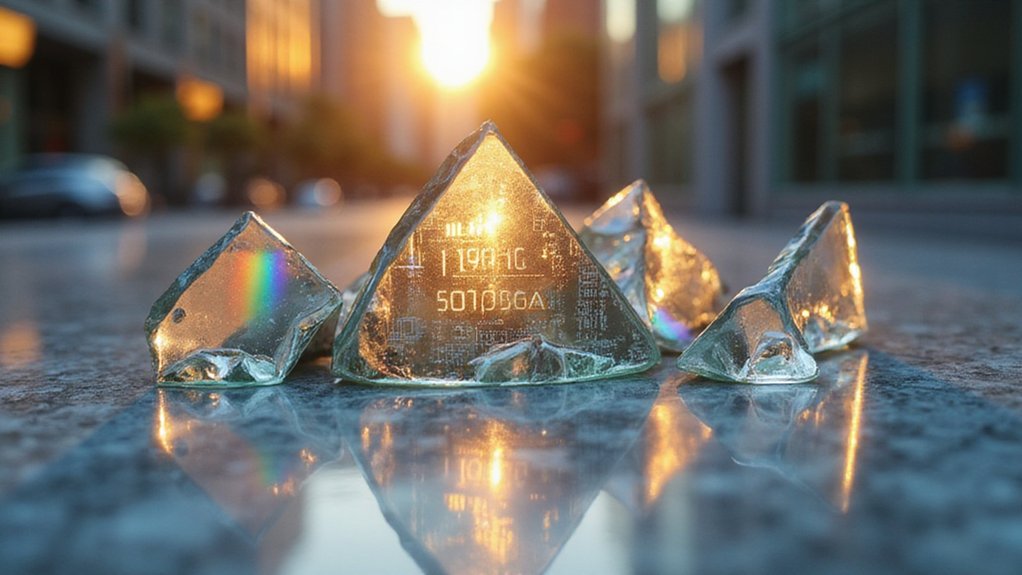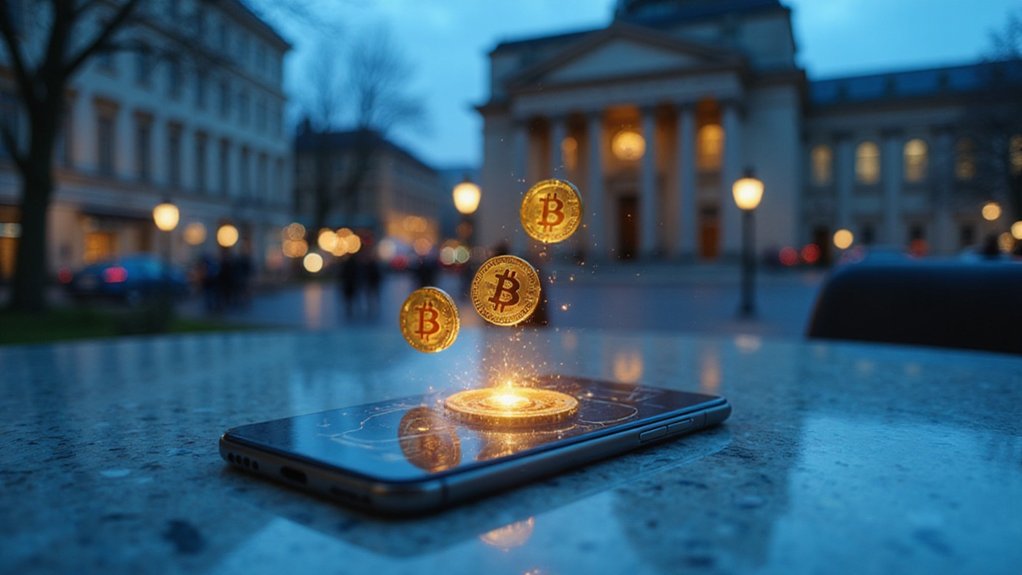While the promise of tokenizing real-world assets (RWAs) suggests a seamless bridge between traditional finance and the digital sphere, the reality unfolds across a landscape so fragmented that even the most optimistic blockchain evangelists might pause to reconsider their grand unification theories.
The concept itself appears deceptively straightforward: convert tangible assets—real estate, commodities, intellectual property, luxury goods—into digital tokens, enabling fractional ownership and enhanced liquidity. What emerges, however, is a $4 trillion projected market by 2025 that operates more like a collection of isolated archipelagos than a unified ecosystem. Each blockchain platform maintains its own architectural preferences, creating digital silos that would make traditional financial institutions blush with recognition.
Consider the fundamental proposition: democratizing access to previously illiquid assets through tokenization. Real estate fractionalization allows global investors to own portions of properties they’ll never visit, while tokenized gold enables commodity exposure without storage concerns. The mechanics work brilliantly—when they work at all. The challenge lies in traversing regulatory frameworks that vary dramatically across jurisdictions, creating an environment where an asset perfectly legal in one territory becomes problematic mere borders away.
The promise of universal asset democratization crumbles when confronted with the Byzantine reality of conflicting regulatory jurisdictions.
The fragmentation extends beyond regulatory inconsistencies into technical domains. Multiple blockchain platforms operate with incompatible protocols, making cross-platform asset transfers a Byzantine exercise in digital diplomacy. Custody solutions proliferate without standardization, forcing asset holders to navigate increasingly complex operational requirements while hoping their chosen platform survives the inevitable consolidation. Adding to this complexity, tokenization costs can range from $5,000 for simple assets to over $500,000 for complex securities, creating significant barriers to entry for smaller asset holders.
Perhaps most ironically, the transparency that blockchain promises—immutable record-keeping and tamper-proof ownership histories—becomes obscured by the very fragmentation it seeks to eliminate. Investors find themselves managing assets across multiple platforms, each with distinct technical maturity levels and user experiences. The blockchain transparency that should increase investor confidence instead creates additional complexity layers for participants to navigate.
The security concerns add another layer of complexity. Safeguarding tokenized assets from hacking and fraud requires vigilance across multiple vectors, while legal enforcement of digital ownership rights remains largely untested territory.
Despite these challenges, RWAs continue gaining traction, driven by investor demand for diversified, accessible investment options. The question remains whether this fragmented digital world will eventually coalesce into the unified vision originally promised, or whether fragmentation itself becomes the defining characteristic of tokenized finance.









